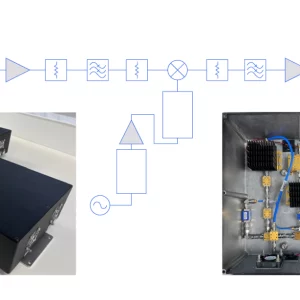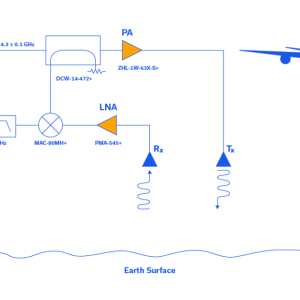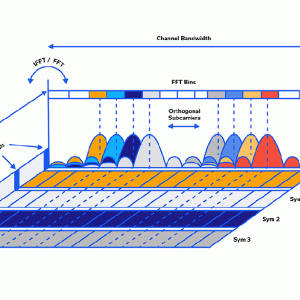
We regularly release new professional articles to help you understand, further your knowledge, and make an educated decision.
Stay up-to-date with the latest Engineering articles, products and videos.
Use the filters to narrow down the list according to the chosen subject.




Fill out the form if you need help choosing a part or if you have any questions, and we will get back to you as soon as possible.